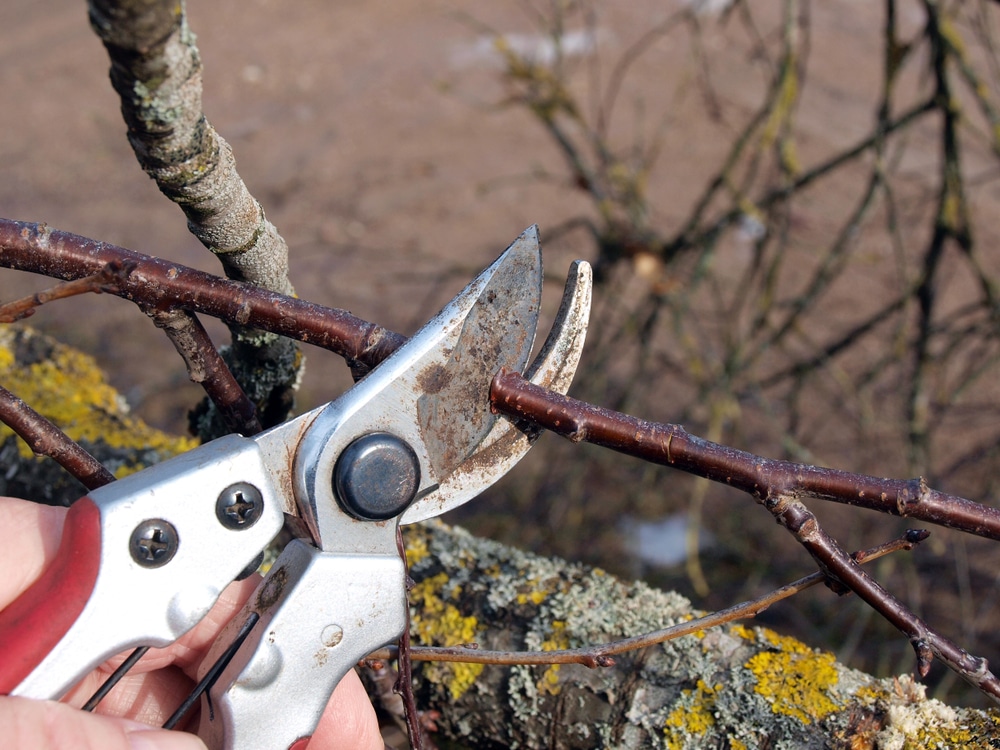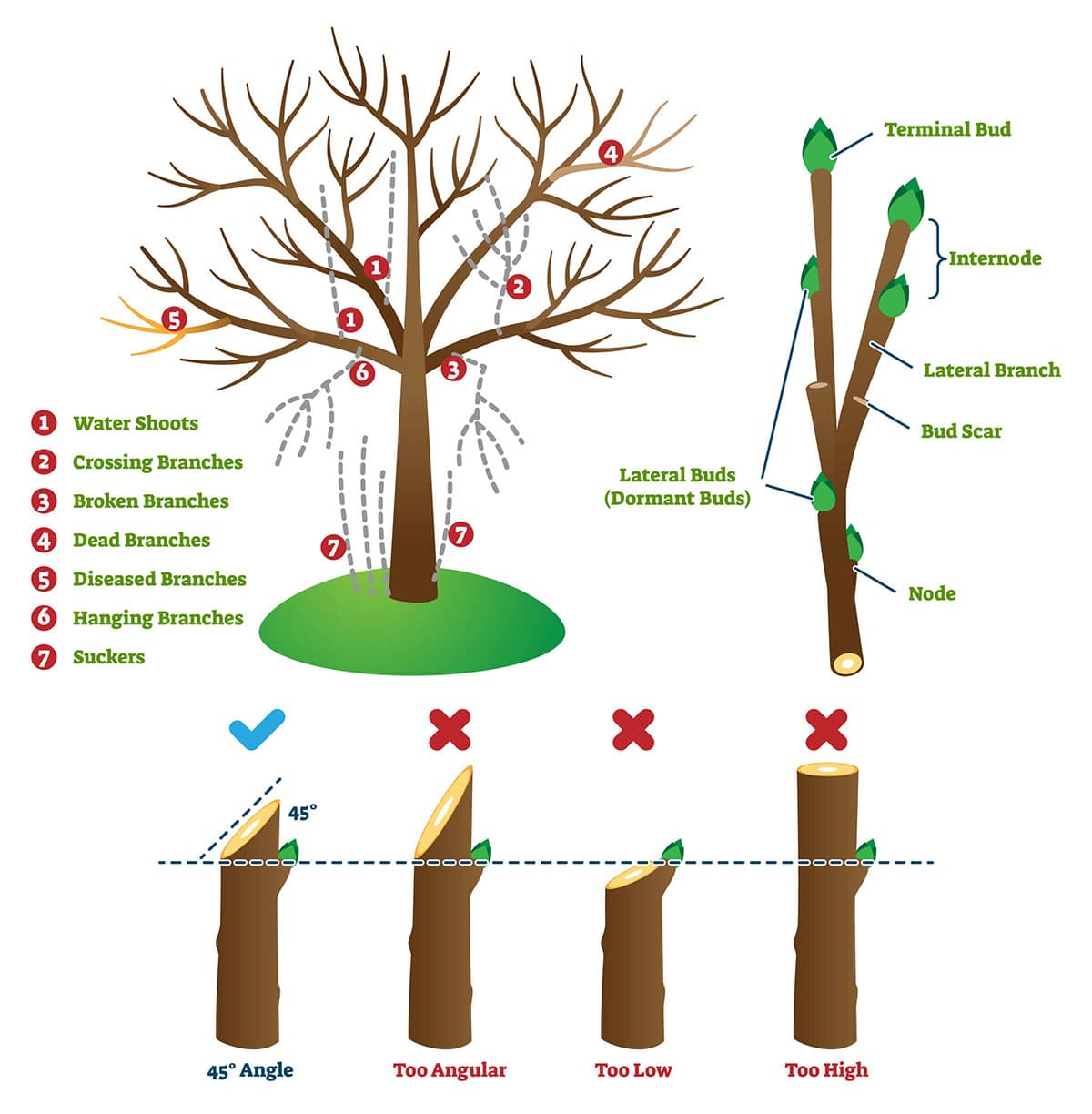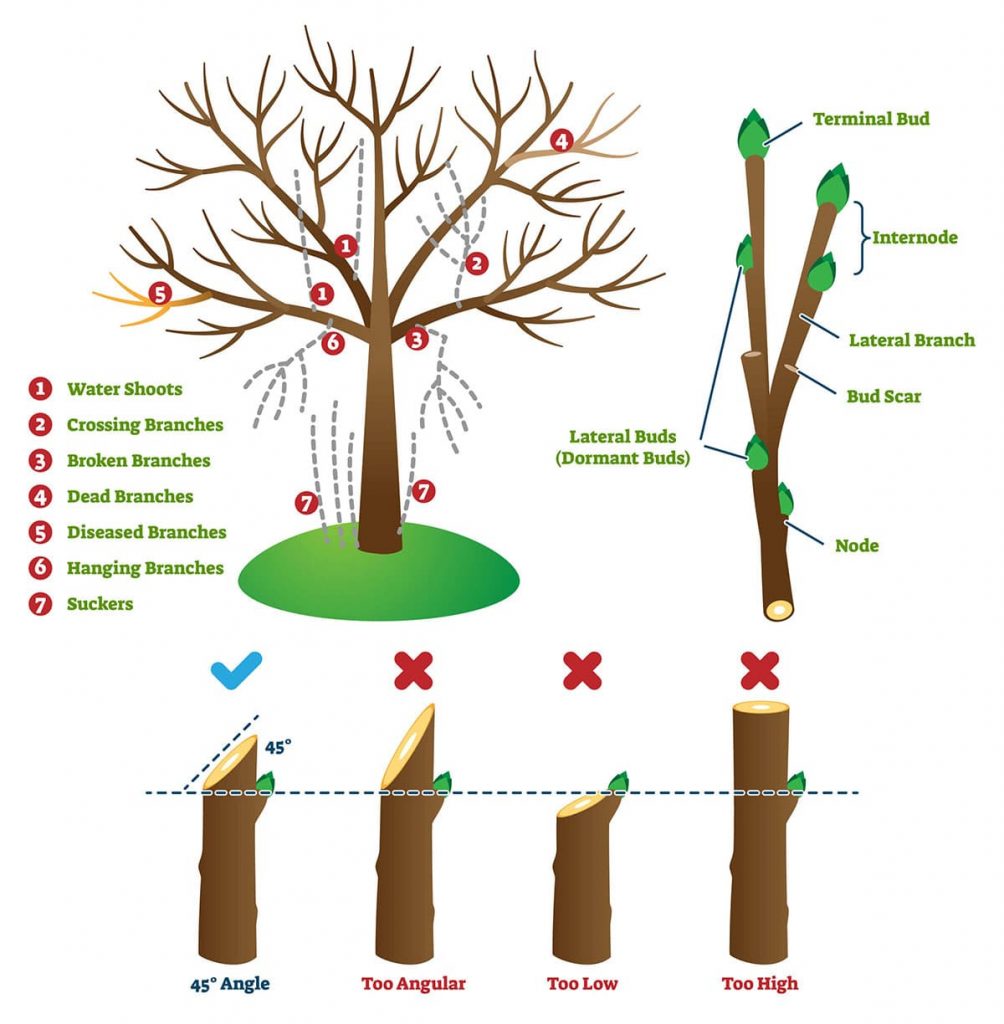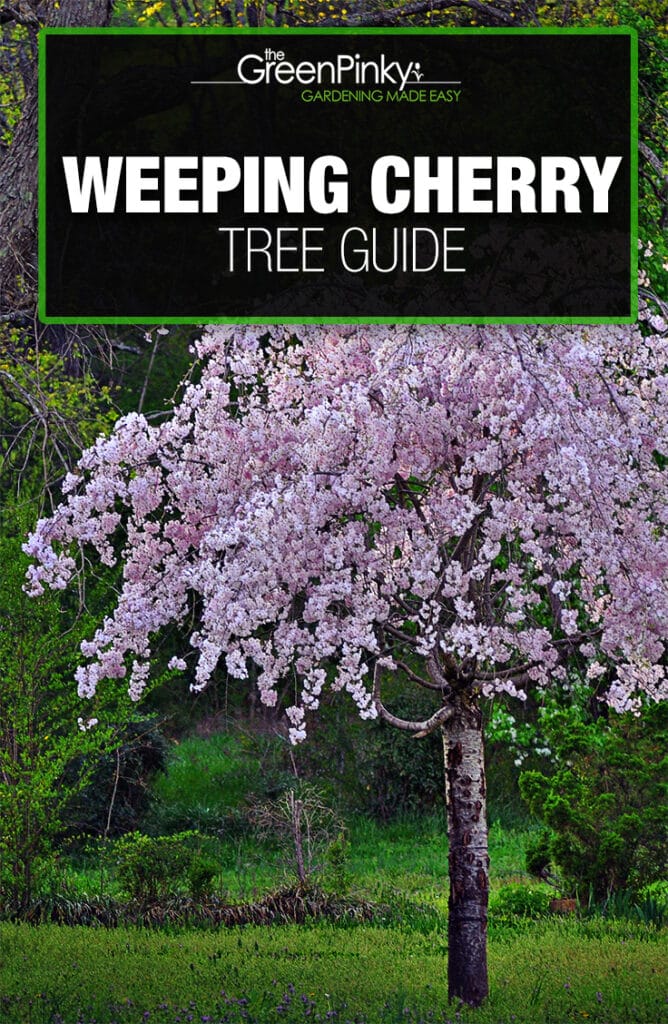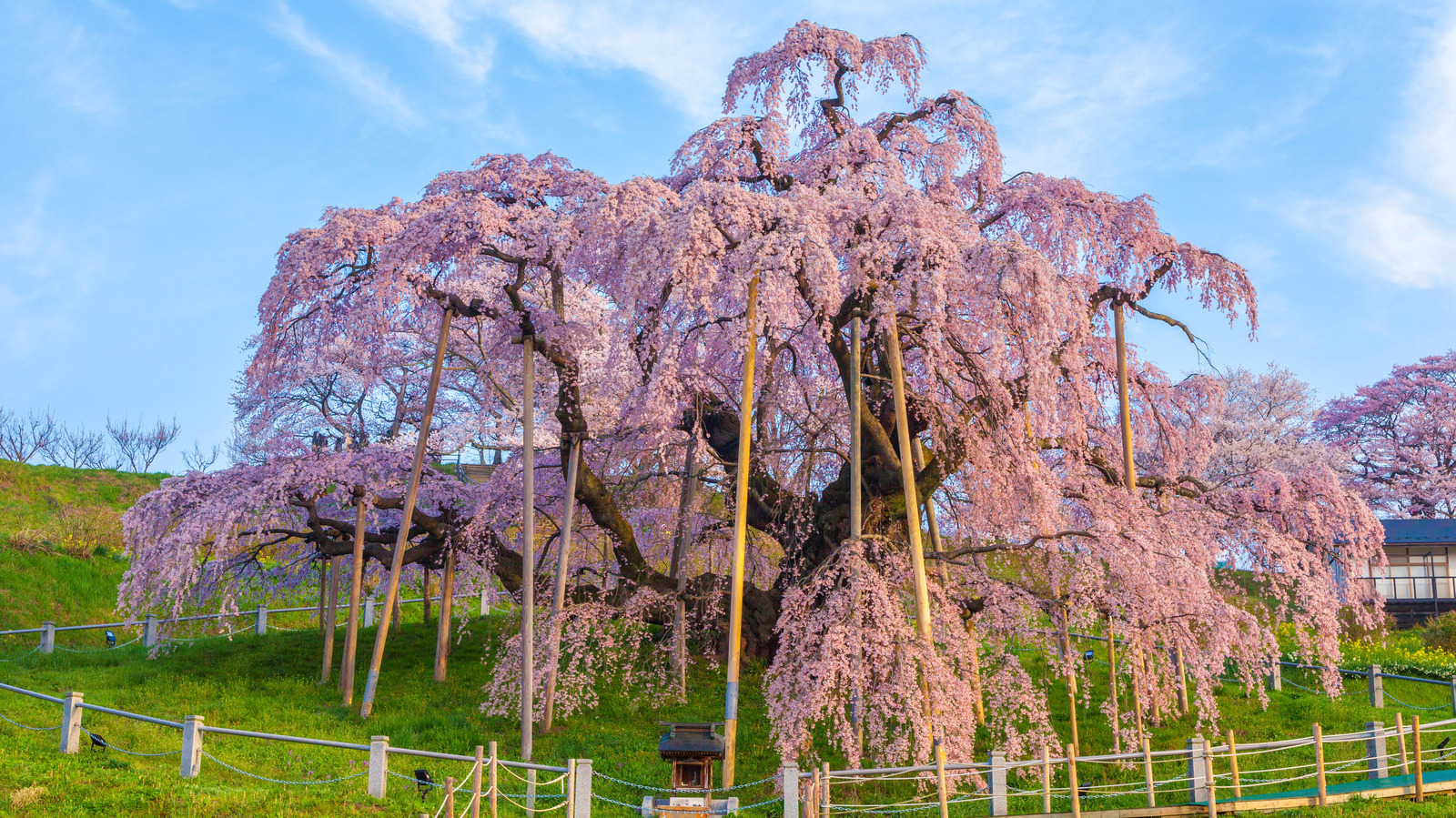Why Pruning is Essential for Your Weeping Cherry Tree’s Health
Pruning is a crucial aspect of weeping cherry tree care, playing a vital role in maintaining the overall health and appearance of the tree. By pruning your weeping cherry tree, you can promote healthy growth, increase air circulation, and reduce the risk of disease. Weeping cherry trees are prone to disease and pests, and pruning helps to remove infected branches, preventing the spread of disease. Additionally, pruning encourages a strong, balanced structure, which is essential for supporting the tree’s delicate branches and vibrant blooms. To achieve the best results, it’s essential to learn how to prune a weeping cherry tree correctly, taking into account the tree’s unique needs and requirements. In this article, we will provide a comprehensive guide on how to prune a weeping cherry tree, covering the necessary tools, techniques, and tips for maintaining a healthy and beautiful tree.
Understanding the Unique Needs of Weeping Cherry Trees
Weeping cherry trees have specific pruning requirements that must be taken into account to maintain their health and beauty. One of the most critical factors to consider is the tree’s delicate branches, which can be easily damaged if not pruned correctly. Weeping cherry trees are also known for their stunning flowers, and pruning plays a crucial role in promoting blooming. However, weeping cherry trees are also susceptible to disease, and pruning can help to prevent the spread of disease by removing infected branches. To learn how to prune a weeping cherry tree effectively, it’s essential to understand the tree’s unique needs and requirements. This includes being aware of the tree’s growth patterns, flowering habits, and potential weaknesses. By taking a tailored approach to pruning, you can help to promote healthy growth, encourage blooming, and maintain the overall health and appearance of your weeping cherry tree.
How to Prepare for Pruning: Gathering the Right Tools and Techniques
Before learning how to prune a weeping cherry tree, it’s essential to gather the necessary tools and equipment to ensure a safe and effective pruning process. The right tools will help you make clean cuts, reduce the risk of damage, and promote healthy growth. The most critical tools for pruning a weeping cherry tree include pruning shears, loppers, and gloves. Pruning shears are ideal for cutting smaller branches, while loppers are better suited for thicker branches. Gloves will protect your hands from thorns and cuts. In addition to the right tools, it’s crucial to understand proper pruning techniques. This includes making clean cuts at a 45-degree angle, cutting outside the branch collar, and avoiding tearing or ripping the bark. By using the right tools and techniques, you can ensure a successful pruning process that promotes healthy growth and maintains the beauty of your weeping cherry tree.
Identifying and Removing Dead, Diseased, or Damaged Branches
When learning how to prune a weeping cherry tree, it’s essential to identify and remove dead, diseased, or damaged branches. These branches can not only detract from the tree’s appearance but also pose a risk to its overall health. Dead branches can be identified by their brittle texture, lack of leaves, and grayish color. Diseased branches may exhibit signs of fungal growth, cankers, or other infections. Damaged branches may be broken, cracked, or torn. To safely remove these branches, follow these steps: 1) Cut the branch at the base, using a clean and sharp pruning tool. 2) Make a clean cut at a 45-degree angle, just outside the branch collar. 3) Remove any remaining stubs or debris. By removing dead, diseased, or damaged branches, you can promote healthy growth, reduce the risk of disease, and maintain the beauty of your weeping cherry tree. Remember, proper pruning techniques are crucial when learning how to prune a weeping cherry tree, as they can help prevent damage and promote healthy growth.
Shaping Your Weeping Cherry Tree: Techniques for Encouraging a Balanced Canopy
Maintaining a balanced canopy is crucial when learning how to prune a weeping cherry tree. A well-balanced canopy allows for even distribution of sunlight, promotes healthy growth, and enhances the tree’s overall appearance. To achieve a balanced canopy, follow these pruning techniques: 1) Reduce branch length: Prune branches to encourage outward growth and prevent the tree from becoming too dense. 2) Thin out the center: Remove select branches from the center of the tree to allow more sunlight to penetrate and promote air circulation. 3) Promote outward growth: Prune branches to encourage growth away from the center of the tree, creating a more balanced canopy. When pruning for shape, it’s essential to make clean cuts and use proper pruning techniques to prevent damage to the tree. By following these techniques, you can create a beautiful, balanced canopy on your weeping cherry tree. Remember, pruning is an essential part of maintaining a healthy and thriving weeping cherry tree, and learning how to prune a weeping cherry tree is crucial for its overall well-being.
Pruning for Flowering: How to Encourage Blooms on Your Weeping Cherry Tree
Pruning plays a crucial role in promoting blooming on a weeping cherry tree. When learning how to prune a weeping cherry tree, it’s essential to understand how pruning can affect flowering. Pruning can stimulate blooming by increasing air circulation, allowing more sunlight to reach the flowers, and promoting healthy growth. To prune for flowering, follow these guidelines: 1) Timing: Prune your weeping cherry tree immediately after it finishes blooming to avoid removing buds that will produce flowers. 2) Technique: Use a gentle pruning technique to avoid damaging the delicate branches and flowers. 3) Branch selection: Select branches that are at least two years old and have a diameter of about 1/4 inch. These branches are more likely to produce flowers. By pruning your weeping cherry tree with flowering in mind, you can encourage more blooms and enjoy the beauty of your tree. Remember, proper pruning techniques are essential when learning how to prune a weeping cherry tree, and understanding how pruning affects flowering can help you achieve the desired results.
Common Pruning Mistakes to Avoid When Trimming Your Weeping Cherry Tree
When learning how to prune a weeping cherry tree, it’s essential to avoid common pruning mistakes that can harm the tree’s health and appearance. Over-pruning is a common mistake that can stress the tree, making it more susceptible to disease and pests. Pruning at the wrong time, such as during the active growing season, can also cause damage to the tree. Additionally, using improper pruning techniques, such as cutting too close to the trunk or making uneven cuts, can lead to disease and pest issues. Other mistakes to avoid include pruning too much of the tree’s canopy, which can reduce its ability to photosynthesize, and not removing enough dead, diseased, or damaged branches, which can spread disease and pests to healthy parts of the tree. By being aware of these common pruning mistakes, you can take steps to avoid them and ensure your weeping cherry tree remains healthy and thriving. Remember, proper pruning techniques are crucial when learning how to prune a weeping cherry tree, and avoiding common mistakes can make all the difference in the tree’s overall health and appearance.
After Pruning Care: Tips for Maintaining Your Weeping Cherry Tree’s Health
After learning how to prune a weeping cherry tree, it’s essential to provide proper care to maintain the tree’s health and promote healthy growth. Watering is crucial, especially during the first year after pruning. Water your weeping cherry tree regularly, but avoid overwatering, which can lead to root rot and other problems. Fertilizing is also important, as it provides essential nutrients for growth and development. Use a balanced fertilizer in the early growing season, following the manufacturer’s instructions. Monitoring for pests and diseases is also vital, as pruning can create openings for pests and diseases to enter the tree. Keep an eye out for signs of pests or diseases, such as holes in leaves, discoloration, or unusual growths, and take action promptly if you notice any issues. By providing proper care after pruning, you can ensure your weeping cherry tree remains healthy and thriving. Remember, proper pruning techniques and after-pruning care are crucial when learning how to prune a weeping cherry tree, and following these tips can help you achieve the desired results.


